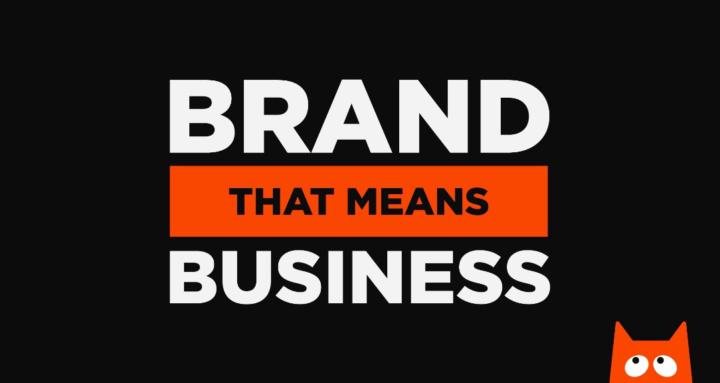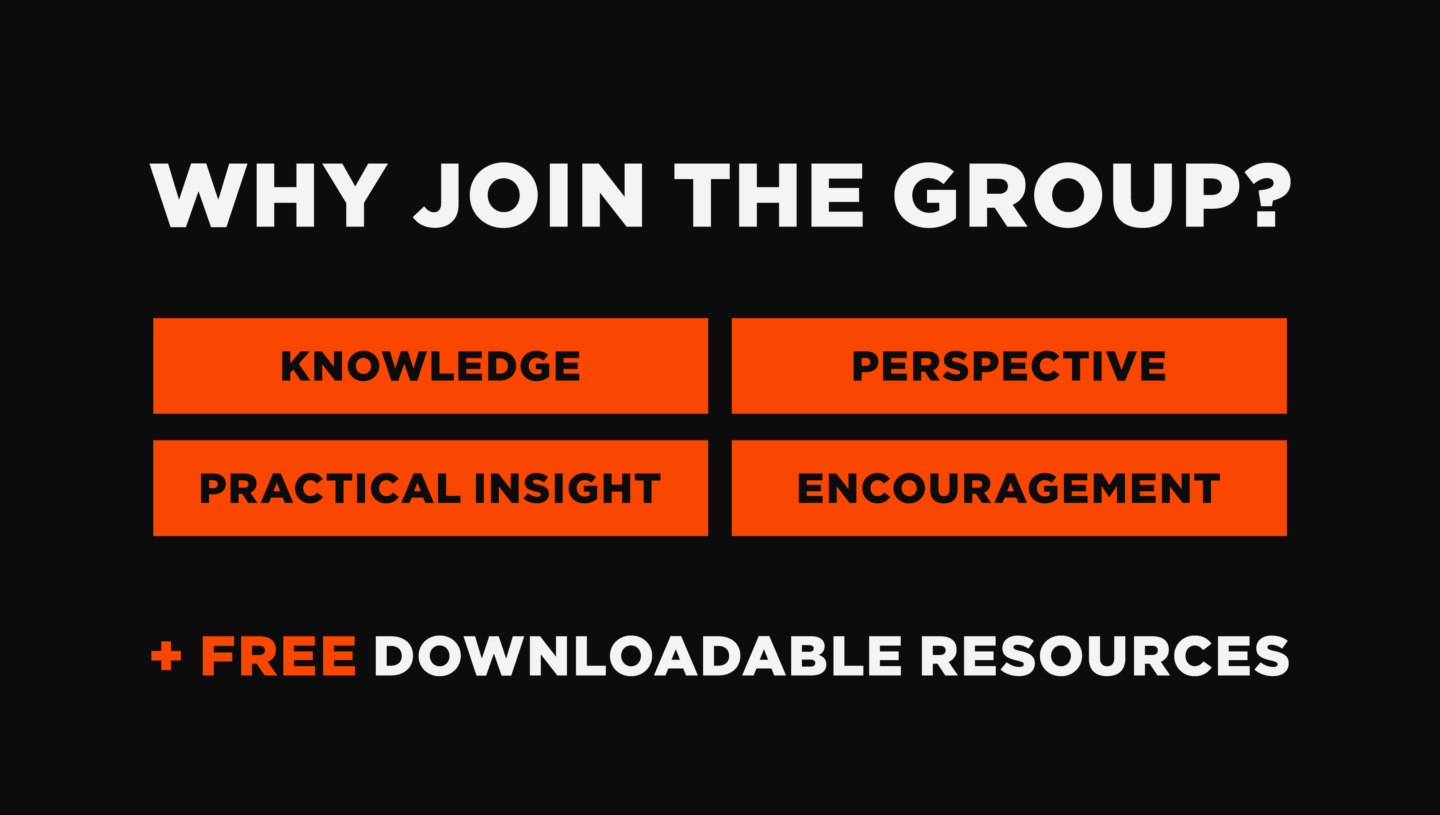This is a community for people with:
🔸 An idea
🔸 A start-up
🔸 An established business
🔸 A passion for design and branding
…who want to understand what branding really means. Too often it is dismissed as “just a logo” In reality, branding is everything that shapes how people see and feel about a business, from visuals to tone of voice to the full experience.
Marty Neumeier puts it best:
“A brand is a person’s gut feeling about a product, service, or organisation.”
Your brand isn’t what you say it is. It is the impression you leave, the trust you build, and the way people connect with you.
✅ Business owners gain insight into how branding drives growth.
✅ Designers learn what business owners value so they can strengthen their services.
This group explores how branding creates trust, visibility and growth. It is about building understanding on both sides, sparking open conversations, and helping people push their ideas and businesses forward together. 👌🏻
powered by

skool.com/brand-that-means-business-5371
Branding explained. For businesses and designers who want to make branding work for them.

